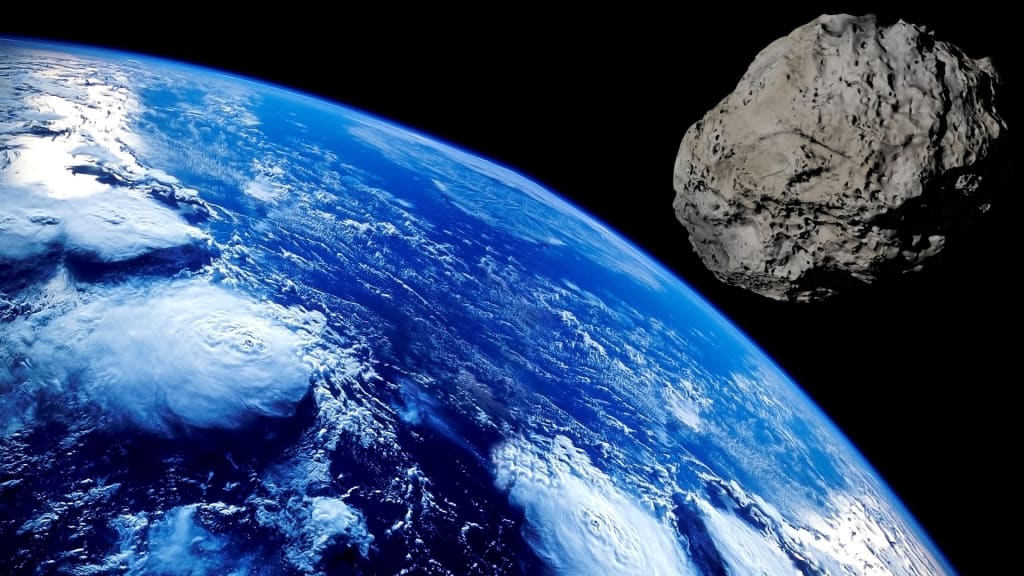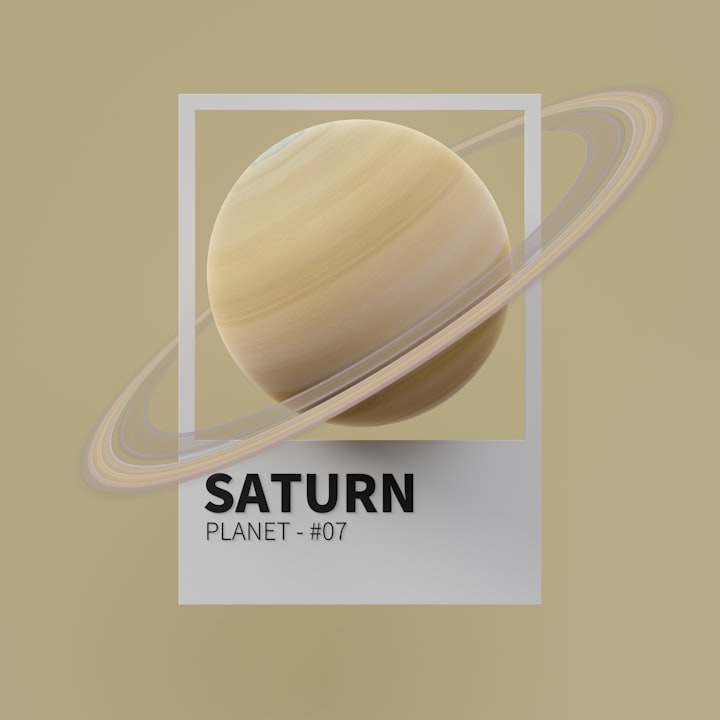There's An Over Mile Wide Asteroid Visiting Before Memorial Day Weekend
What to know about the monster asteroid and the four friends in its' path.

Since the mid-90s, the subject of asteroids impacting the earth has been on the minds of space scientists around the globe. There were the findings of the 1997 Xf-11 and how it was projected to strike the Atlantic Ocean in 30 years. The incident in Russia destroyed 3,000 windows, and injured people, lighting up the skies in a blinding flash of light. There’ve even been movies that prayed on the curiosity and fear of our mortality in the case of another extinction-level event involving an asteroid. 2022 has been abuzz with asteroid activity and shows no sign of slowing down or sign that the gravity of the events is getting less threatening.
This week, there are five that NASA and the JPL are watching. One of them is so far the scariest of the year.
1989 JA
Dubbed 7335, or 1989 JA, it is estimated to be around 5,900 feet across according to figures released by the NASA Center for Near-Earth Object Studies, or CNEOS.
This means the asteroid measures long enough to fit two of the Burj Khalifas, the world's tallest building, across its length.

According to NASA’s current figures, the only near-Earth object of this size that will make a close approach this year within the established distance to be considered of concern.
As the asteroid approaches Earth’s orbit it is traveling at 47,200 miles an hour, or 20 times the speed of a rifle bullet and nearly twenty percent the speed of a bolt of lightning.
According to CNEOS, JPL and NASA, there are 2,260 NEOs that are categorized as “potentially hazardous,” but there may be many more. The designation “Potentially Hazardous” simply means that over centuries, even thousands of years, the orbit of the asteroid may evolve into one that could mean an impact with Earth.
Despite the terms, NEOS and potentially hazardous, NASA has yet to report that any of the asteroids have more than the slightest chance to impact Earth this century.

The Five This Week
2021 WY at a close approach of 4,030,000 miles on May 18th, 2022. 2021 WY is the approximate size of a large airplane or passenger jet.
2022 JQ1 at a close approach of 2,740,000 miles on May 19th, 2022. JQ1 is the size of a much smaller passenger jet at 71 feet long.
2022 HD1 is coming in at 3,640,000 miles on May 20th, 2022. Again, for the second time this week, this asteroid will be about the size of a large passenger liner at 191 feet.
2022 JU1 is coming in at 3,580,000 miles on May 27th, 2022. This is the size of a mid-sized passenger jet at 120 feet long.
1989 JA is the biggest one of the year in 2022. It’s coming in at 2,500,000 miles and an astonishing 47,200 miles per hour and is over 5,900 feet long.
If you want to get a close look at any of these, and the many others that will pass by our world, check out this incredible model telescope.
The Threat Is Real
The threat posed by an asteroid striking Earth is very real and while it may not be imminent the threat level can change at any time. Just weeks ago, a smaller asteroid breached the atmosphere and exploded over Iceland. The scientific community had just hours' notice before the event.
On June 30th, 1908, at a location in Siberia near the Podkamennaya Tunguska River, a massive explosion leveled nearly 500,000 acres of trees and charred more than 100 square km of pine forest. It was an asteroid that struck in the center of the forest, near the river. The fierce of the blast is estimated to be in the area of 15 megatons of TNT, or 1,000 times the power of the atomic bomb at Hiroshima. It’s estimated that once every couple of centuries an object of this size strikes Earth.
Earlier this year, an asteroid deemed potentially dangerous took astronomers on a roller coaster ride. Astronomers at the Mount Lemmon Observatory discovered an asteroid measuring 230-foot across. Their initial observations lead to the belief that it could hit Earth on its next pass, July 4th, 2023. Based on their first seven nights of observations, the chance of an impact appeared to increase.
Asteroid Orbert Determination, an automated system used around the world, flagged 2022 AE1 for a potential future impact. Furthermore, the asteroid was given one of the highest alerts on the Palermo Scale, a scale determining impact risks. Both NASA and the ESA published the information on the portal websites, allowing anyone that was interested to take a look.
“In my almost ten years at ESA I’ve never seen such a risky object.”
— Marco Micheli, ESA Astronomer
It wasn’t until weeks later that AE1 was determined to be a safe distance away when it would pass by.

Conclusion
The threat to the Earth, and its inhabitants is real. Asteroids took out the dinosaurs according to scientists and are capable of plunging the planet into an ice age. One of these monster rocks could eliminate life on earth, or worse.
Most of them pose very little threat and even the medium-sized asteroids wouldn’t take out the human race. They would create an apocalyptic-level event capable of killing millions and changing the face of the planet. Like other potential disasters, research and early detection are the scientific community's attempt at saving as many lives as possible as researchers study the potential defenses against an impact.
In the meantime, the world keeps on turning.
Sign up for emails to get all my latest stories and if you’re not a member of Medium, check out my link below.
About the Creator
Jason Ray Morton
I have always enjoyed writing and exploring new ideas, new beliefs, and the dreams that rattle around inside my head. I have enjoyed the current state of science, human progress, fantasy and existence and write about them when I can.
Reader insights
Outstanding
Excellent work. Looking forward to reading more!
Top insights
Eye opening
Niche topic & fresh perspectives
Easy to read and follow
Well-structured & engaging content
Expert insights and opinions
Arguments were carefully researched and presented
Heartfelt and relatable
The story invoked strong personal emotions






Comments
There are no comments for this story
Be the first to respond and start the conversation.